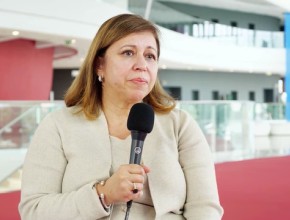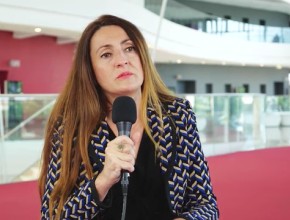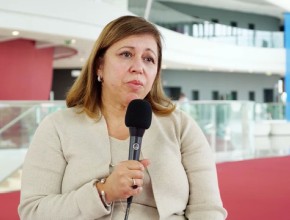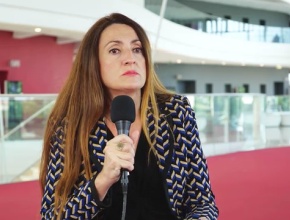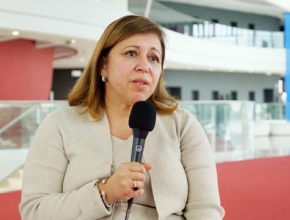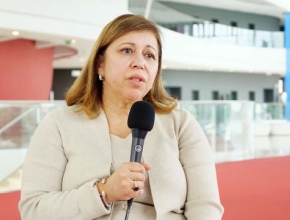Secondary amyloidosis is a potentially fatal complication of chronic inflammatory diseases. When should it be suspected?
Gülen Hatemi, MD: We usually attach patients with amyloidosis during their routine follow-up by seeing proteinuria in their urinary tests. There are really no signs or symptoms specific for amyloidosis until it is very late, when patients start to develop diarrhea.
In patients in whom amyloidosis is detected, the best management strategy would be to suppress the inflammation in the best way. That could be an interleukin (IL)-1 blocker if the patient has amyloidosis due to familial Mediterranean fever, or a tumor necrosis factor (TNF)-alpha blocker if the patient has amyloidosis secondary to rheumatoid arthritis or ankylosing spondylitis. Other biologics also have been tried. IL-6 blockers seem to be very promising.
But with all of these biologic agents what we know is that they decrease proteinuria and stabilize the creatinine clearance for some time, but we do not know whether they have an effect on mortality in the long term.
 English
English
 Español
Español
 українська
українська

